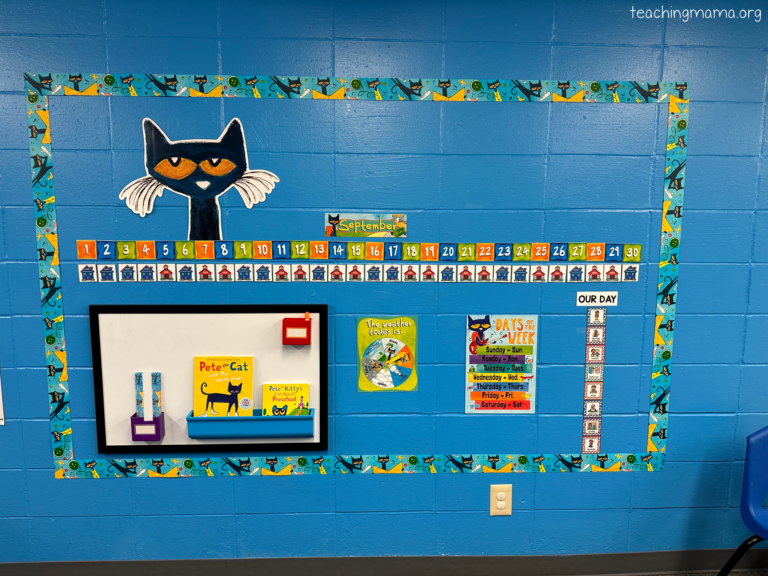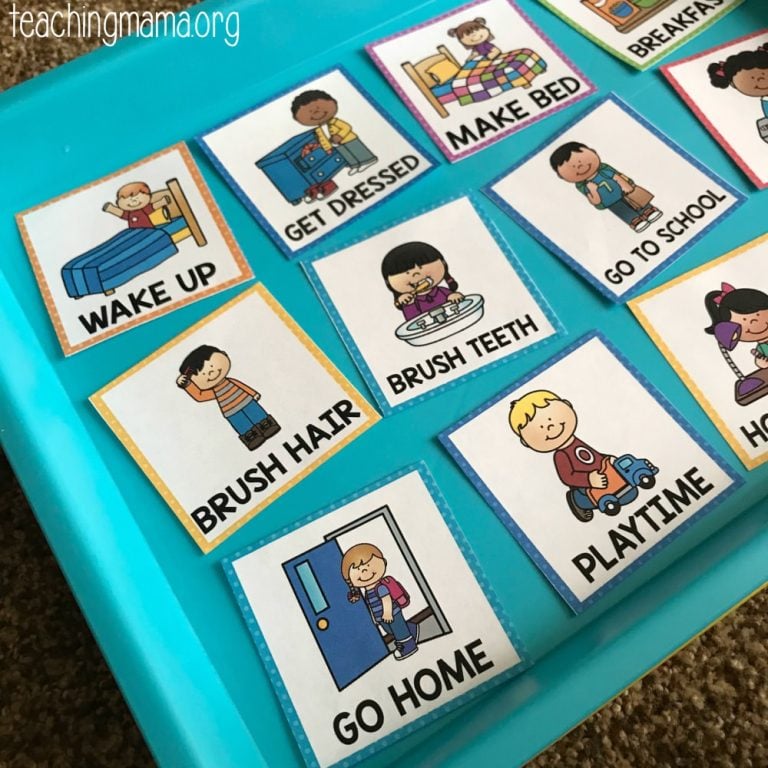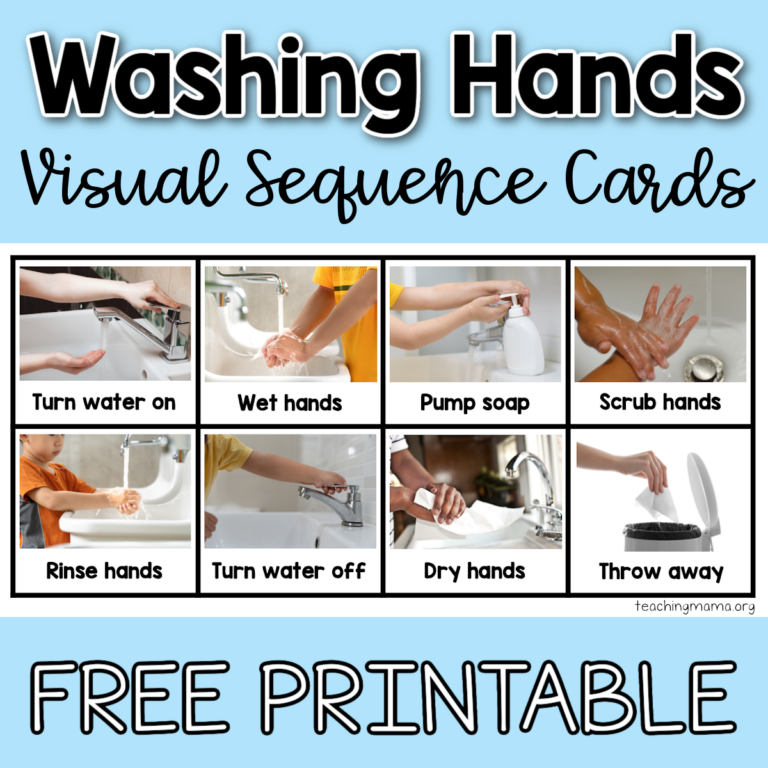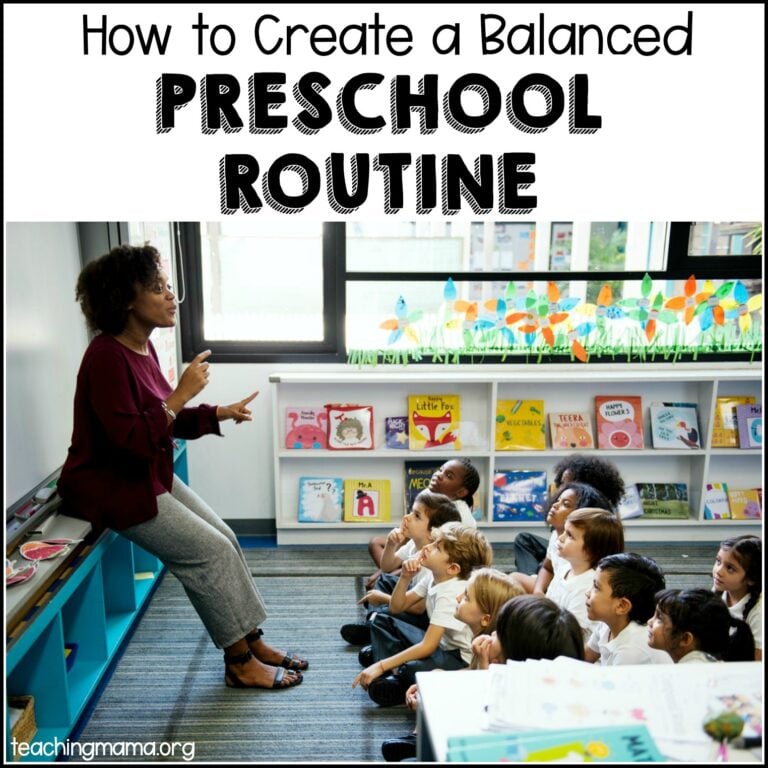3 Ways to Stop Tantrums
Do you remember the last time you were feeling overwhelmed? Was it during dinner when your toddler didn’t want to eat the food you spent an hour making? Or when your car didn’t start after shoveling your driveway? How about that time when the babysitter canceled last minute and your night out was no more?
How did you react? Did you scream? Did you stomp your feet? Did you fall on the floor waving your hands in the air while your kids looked at you puzzled?
It is often puzzling when children start to scream, stomp, or yell “no.” Sometimes it is a response to a request, sometimes it is because they don’t want to leave and other times it seems as though it comes out of the blue. Tantrums are ways that children share their feelings with us when they don’t know how to in a productive way.
As adults, we are able to calm down, communicate and problem solve our feelings in a way that makes sense to us and others. Children haven’t learned these skills and it is up to us to teach them!
Emotional Intelligence is when children know how to work through their feelings in a positive way. The following three ways help our toddlers and preschoolers develop their emotional intelligence in a way they understand.

3 Ways to Stop Tantrums
1. Calm Down
So back to my original questions… How do you react when you are upset? Do you scream, stomp your feet or fall on the floor waving your hands in the air? Most likely not. But why? Weren’t you upset and frustrated? Of course, you were, but your feelings didn’t take over your behaviors. Instead, you knew how to calm down. Sometimes adults take a walk, drink coffee, chew gum, breathe in lavender-scented lotion. What do you do?
Kids don’t know to use their senses to calm down, so if we teach them in a way they can remember, then they too can take deep breaths instead of stomp away.

2. Communicate
Once we are calm, we think about our feelings. Are we sad, annoyed, frustrated, angry? Luckily, as adults, we are able to decipher our feeling and put a name to them. We can use those words to clearly communicate with our boss, partner, friend, or babysitter.
Psychologists often state that when we clearly communicate how we feel, it not only helps us feel better, but it also helps the people around us understand us better. This helps our relationships at home, at school, and at work, in a positive way.
There was a study recently published stating that there are over 90 emotions in the human range of emotions! That is a lot! An average 2-3-year-old has between 50-250 words. 90 words are ¼ of their vocabulary. They feel all these feelings deep within their bodies, but they don’t know how to verbalize them in a way that others understand. They need us to help.

3. Problem Solve
So what did you do that time that your car didn’t start? You had calmed down, figured out how you were feeling and then I bet you called the tow company or someone who knows something about cars. You knew that hitting your car wouldn’t help fix it. You figured out a solution to this problem and then moved on with your day (maybe walked back inside the house and poured a LARGE cup of coffee?)
If a child becomes angry, they aren’t sure how to calm down or communicate their feelings, then how are they going to problem solve? When we give children ideas, ask them questions, and offer support, they are able to learn the process. We can support young children by asking solution-provoking questions such as: “What can we do next time this happens?” or “Would you like to set the timer so you can use the blue truck in 5 minutes?” This way they are able to know how to respond to their feelings next time.
These three skills are the foundation of emotional intelligence, something that positively impacts our lives from early childhood through adulthood. When adults calm down, we tap into a part of our brains called the prefrontal cortex (PFC). This part of our brain allows us to understand the situation and come up with a solution. Sadly, the prefrontal cortex isn’t fully developed until we are 25 years old! (Does that explain why teenage driving is a bit on the scary side?!)
How do we teach kids these three skills in a way they can actually remember and use every day? There is a program called “Soothing Sammy” that was created by an Early Childhood Specialist to teach preschoolers these three skills in a playful way, making these skills easy for them to remember!
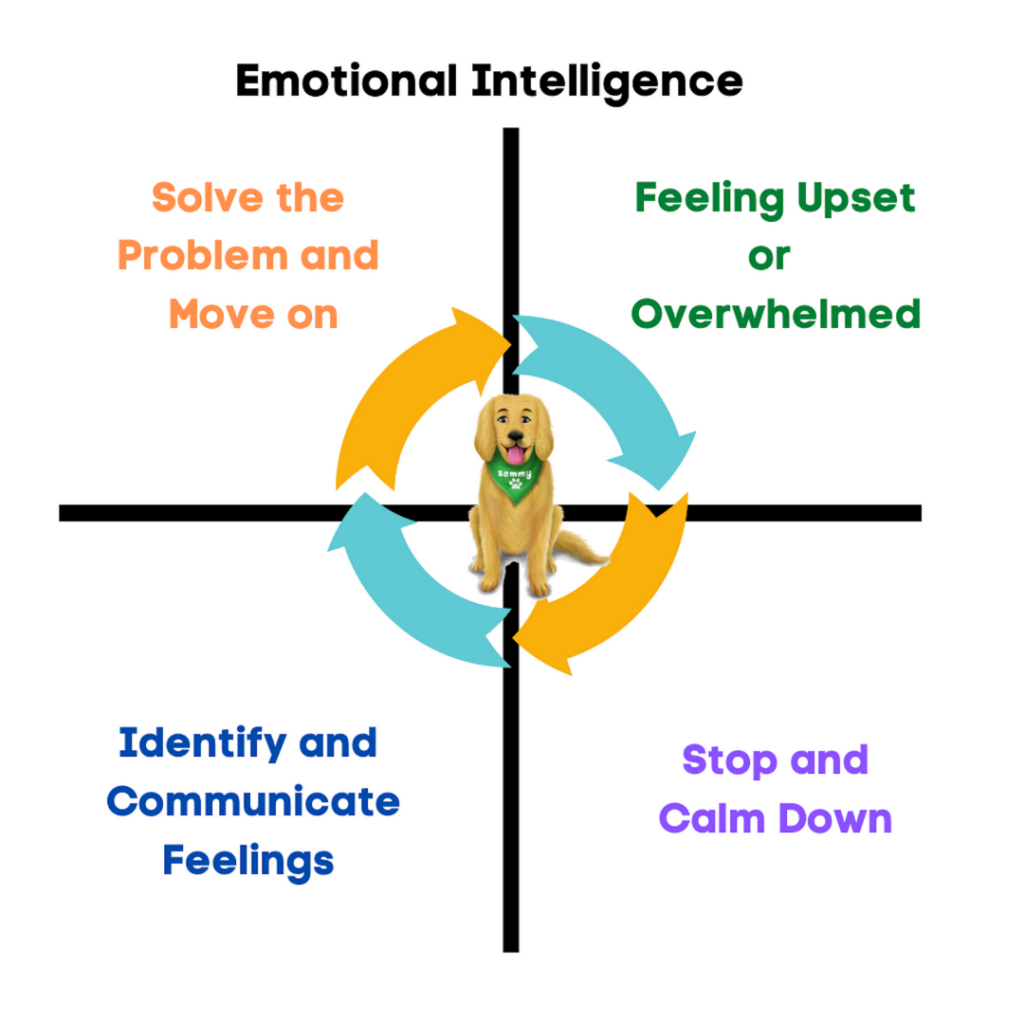
“Soothing Sammy” is about a golden retriever, named Sammy, who has a lot of calm down items in his dog house. When kids become upset, they visit Sammy at his house and they are able to use all the items. Once calm, Sammy helps them identify their feelings (through pictures) and come up with a solution. “Soothing Sammy” has been used at home and in preschools for the last three years with great success!
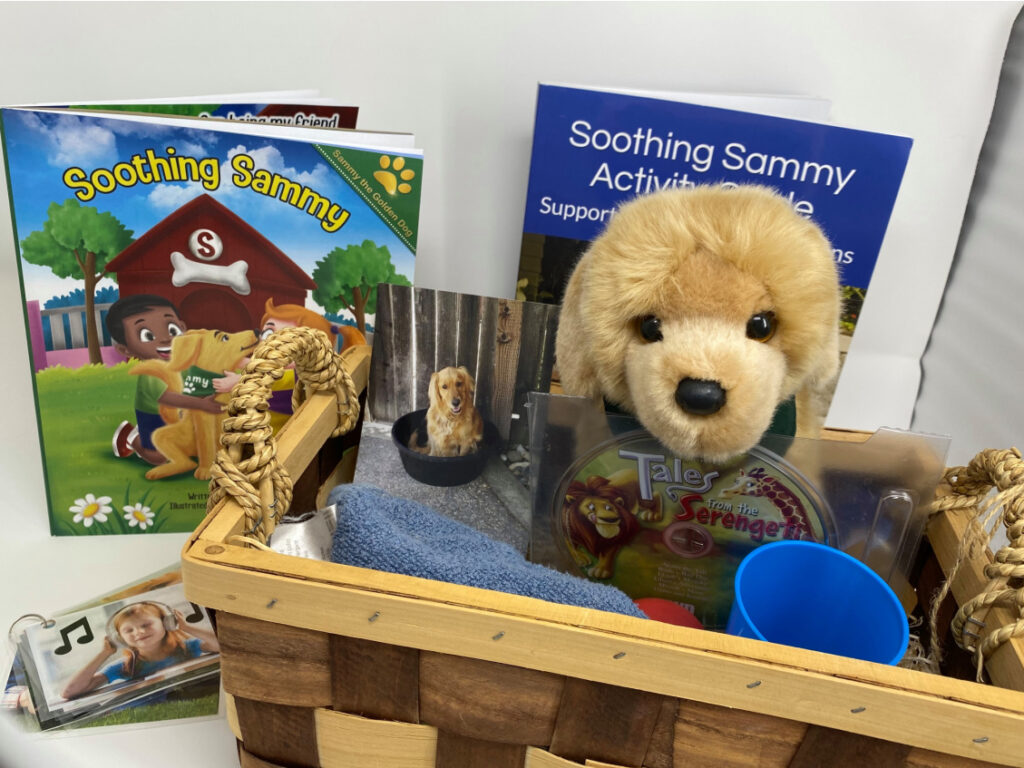
Jennifer recently wrote in and said, “Before we got Sammy, my daughter became very emotional when she was upset. Then the magic happened… I purchased Soothing Sammy and just by saying “Sammy Time,” she calmed down by herself, without me intervening. (As a mom of three this is huge!) It’s so wonderful to have more positive interactions with my daughter again!”
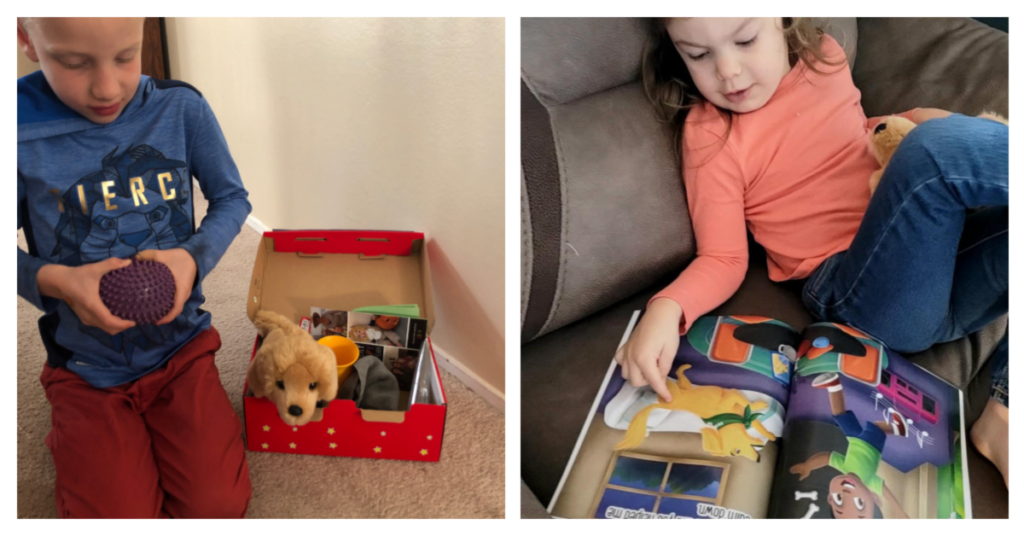
For more information, on Soothing Sammy, click HERE!

Bio: Jeana Kinne, MA received her Master’s Degree in Early Childhood Education. She has been a preschool teacher, preschool director, parent educator, and now works with infants and toddlers with special needs. Jeana loves working with parents and families, creating simple and fun ways to teach children new skills.

